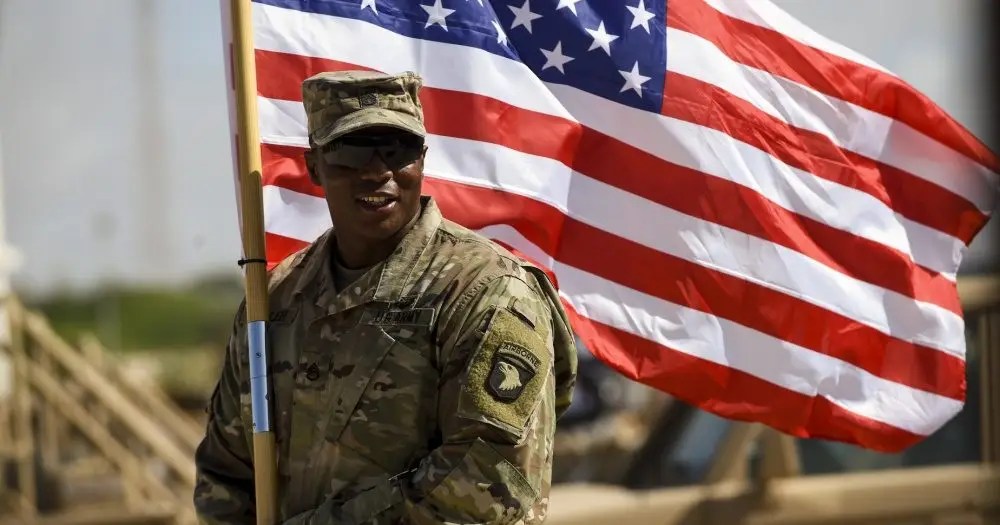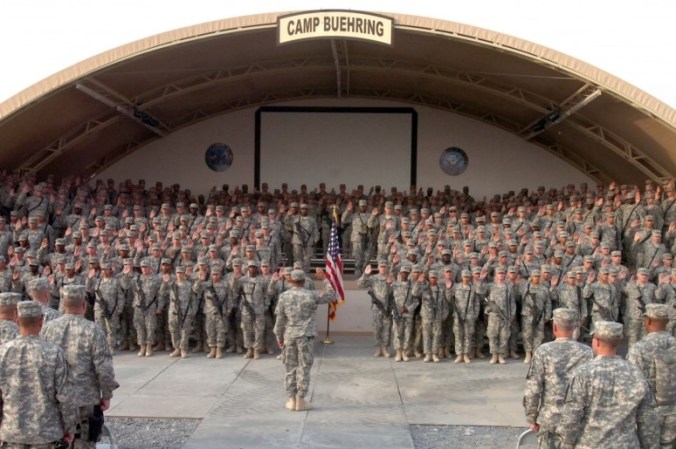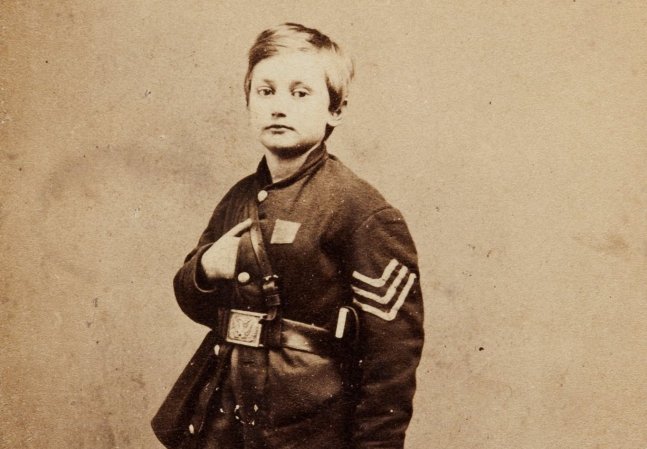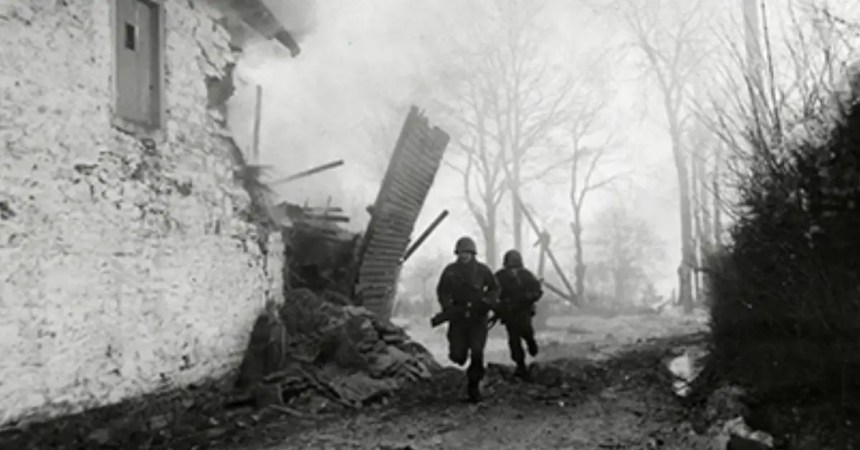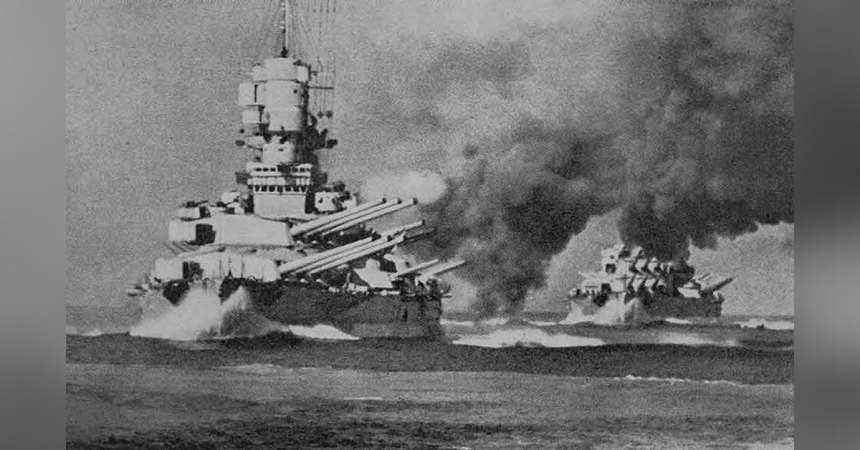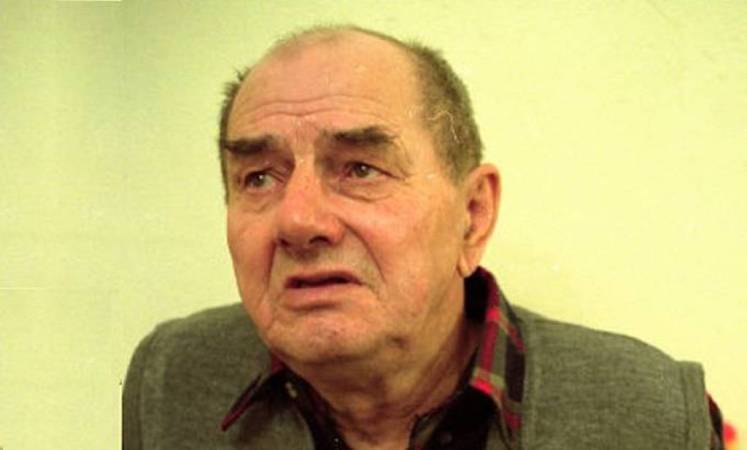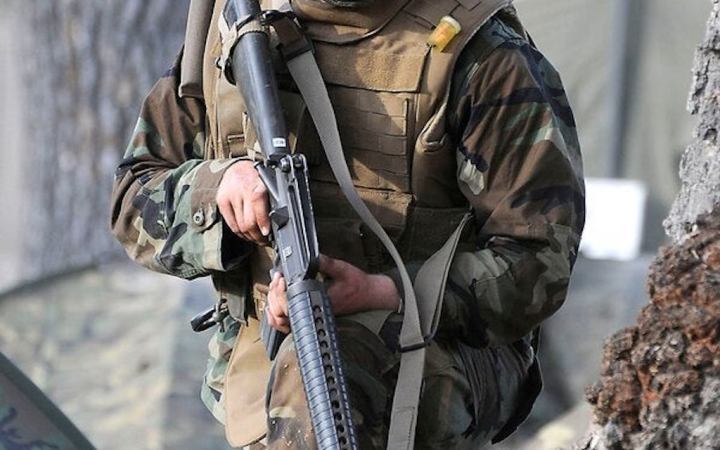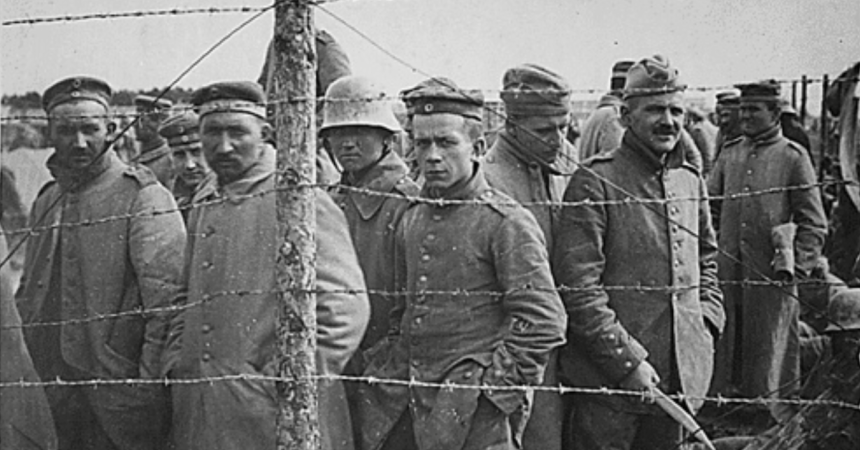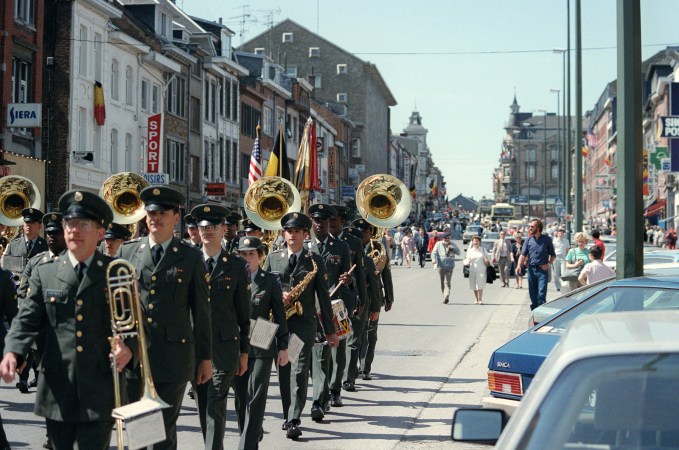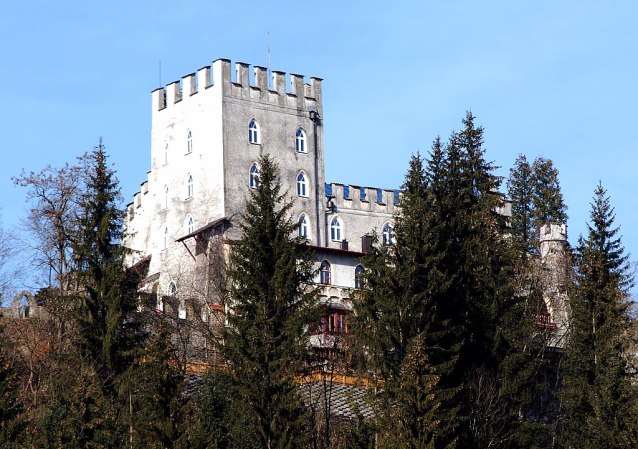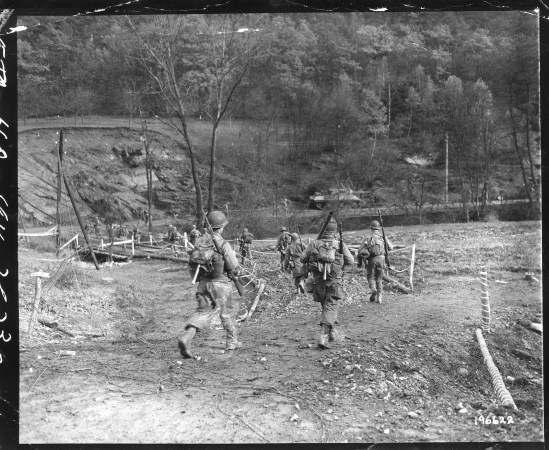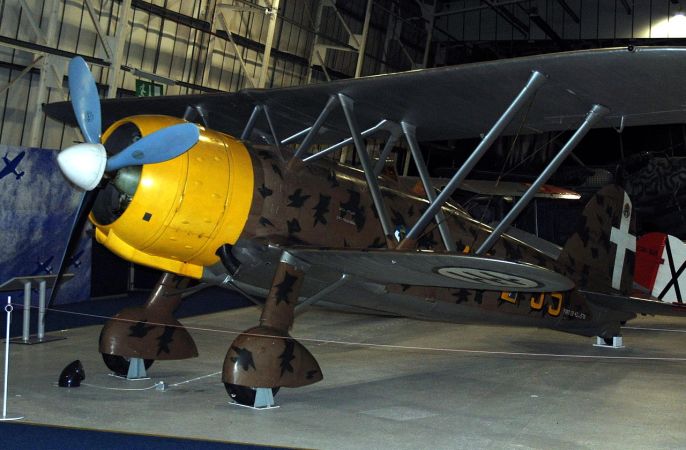The U.S. Army is the oldest American military branch, tracing its lineage back to when the Continental Congress stood up its first riflemen in June 1775. But in over 240 years of Army history, you’re bound to end up with some insane moments.
Here are seven of the craziest moments in U.S. Army history
1. When it teamed up with Nazis and prisoners of war to defeat the SS

In May 1945, Germany was collapsing and it was obvious that the war in Europe was almost done. As it ended, Allies raced to secure evidence of war crimes and the Nazis worked to destroy it. This led to what has been dubbed World War II’s “strangest battle.”
American tankers rushed to where high-profile prisoners of war were held in Itter Castle in Austria. As a group of drunk SS soldiers marched on the castle to kill the POWs, the Americans offered to help the Wehrmacht defend themselves so that the SS couldn’t kill the POWs and all witnesses.
So, U.S. soldiers, German soldiers, and local resistance fighters fought side-by-side and saved the lives of the prisoners. The friendly German commander was killed in the six hours of fighting before U.S. reinforcements arrived and pushed back the surviving SS members.
2. When it created an imaginary division with inflatable tanks

While the D-Day landings themselves were quite possibly the Army’s finest hour as multiple divisions landed next to its British and Canadian counterparts, the top-secret mission to mislead German intelligence during the Normandy Campaign and invasion of Germany may have been crazier.
Almost immediately after D-Day, the 23rd Headquarters Special Troops began deploying artists, actors, designers, and audio-technicians who were tasked with setting out inflatable equipment and patterns of movement that would make the Nazis think an entire combat division was in the area.
And it worked. The ruse was used on more than 20 occasions, often causing the Germans to redeploy forces to counter the fake division, likely saving thousands of lives during World War II.
3. When it promoted a 12-year-old to sergeant after he shot the Confederate colonel attempting to capture him

John Lincoln Clem unofficially joined the Union Army at the age of 10 as a drummer boy. He fought a few times before becoming a national celebrity at the age of 12 in the Battle of Chickamagua. It was there that he was nearly captured by a Confederate colonel, but Clem used a sawed-off musket to shoot the officer and escape.
As he evaded other pursuers, his hat was reportedly hit three times by enemy fire. When he made it back to Union lines, he was promoted to sergeant and became America’s youngest-ever non-commissioned officer. He was later captured in another battle, traded in a prisoner exchange, and then was wounded twice before accepting discharge in 1864 at the age of 13.
4. When it fought America’s longest battle on its own

From September 1944 to February 1945, the Army fought the longest single battle of the nation’s history, a five-month meat grinder for control of the Hurtgen Forest during the drive into Germany.
The 9th Infantry Division marched into the forest on Sep. 12, 1944 to root out German defenders. The thick trees and impassable roads created a nightmare for the attackers. Mortar and artillery shells turned trees into explosions of long splinters that speared into American troops.
The 9th pressed forward while suffering heavy losses, and it was reinforced with 3rd Armored Division tanks. Another nine divisions, a tank battalion, and a Ranger battalion fought on the front lines before the battle finally ended in February 1945.
5. When one of its greatest generals attempted to sell the country out to the British

There’s a reason “Benedict Arnold” is used as another word for “traitor.” He literally tried to sell the defenses he commanded to the British, threatening a strategically important position in the Revolutionary War. What made it so crazy was how important Maj. Gen. Arnold was before he became a traitor.
He had led the forces that won the Battle of Saratoga and led to diplomatic recognition and increased military assistance from the French. He also helped capture a major fort and its guns, and created America’s first purpose-built naval fleet (then sank it).
The closest modern equivalent would have been if Patton had fought his way through North Africa and half of Germany but then changed sides during the Battle of the Bulge because his new wife was German.
6. When all the Army gunners in an entire city fought off an imagined attack

The Battle of Los Angeles in 1942 saw the city’s sky lit up with searchlights and anti-aircraft fire as every gun crew in the area attempted to shoot down the Japanese planes bombing the city.
Except there was no air attack. A series of blinking lights had been spotted in the sky near the city and some unknown objects were spotted on radar, leading some military leaders to worry an air raid was coming. Skittish gun crews began firing, and the exploding shells left clouds of smoke that other gunners then fired at as they were illuminated by spotlights.
Over 1,400 rounds were fired in the one-hour “engagement.”
7. That time it rescued over 2,000 prisoners of war with a daring paratrooper raid

The Imperial Japanese were famously hostile towards prisoners of war, and a concerted effort was made in 1944 and 1945 to rescue prisoners before Japanese troops could kill them. On Feb. 23, 1945, a group of Americans and Philippine guerillas launched a daring paratrooper raid to liberate over 2,000 prisoners at Los Baños, Philippines.
The raid was shockingly effective, suffering no paratroopers killed and few American and Filipino casualties while freeing 2,147 prisoners. Future-Secretary of State Colin Powell said that he doubted “that any airborne unit in the world will ever rival the Los Baños prison raid.”


